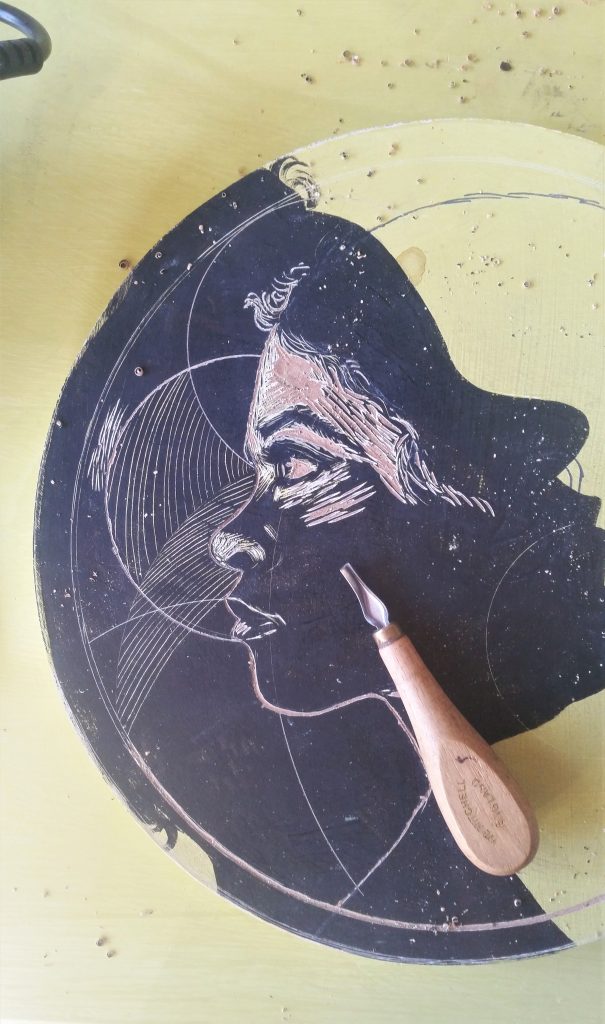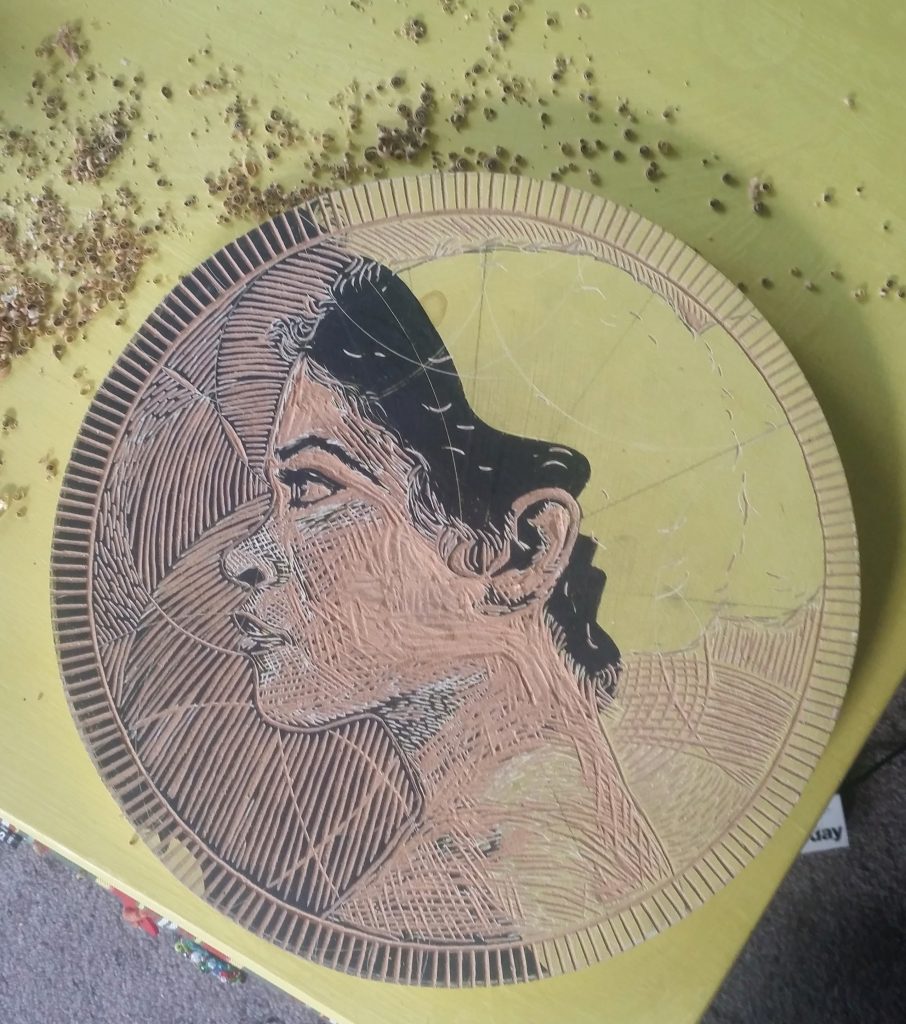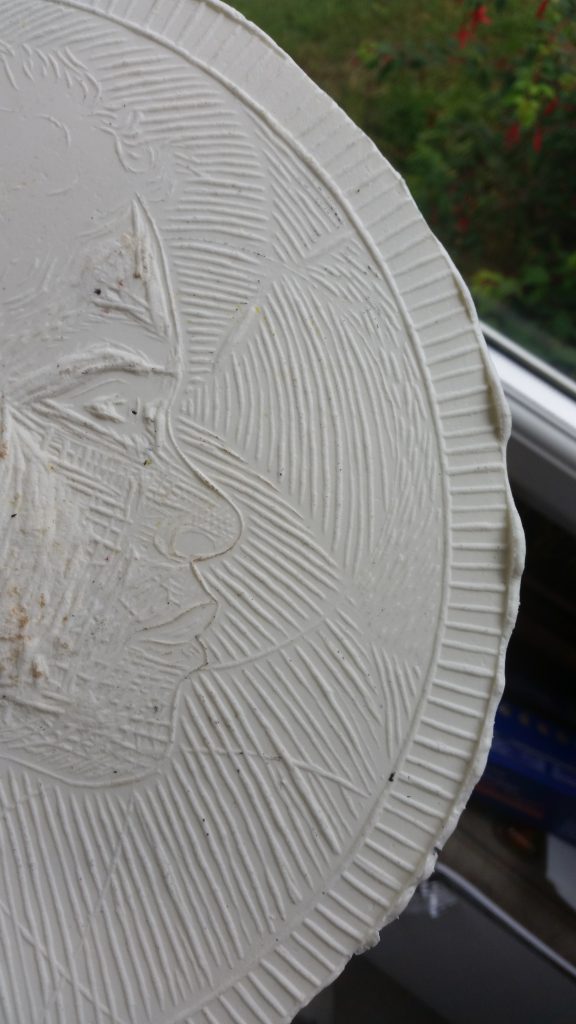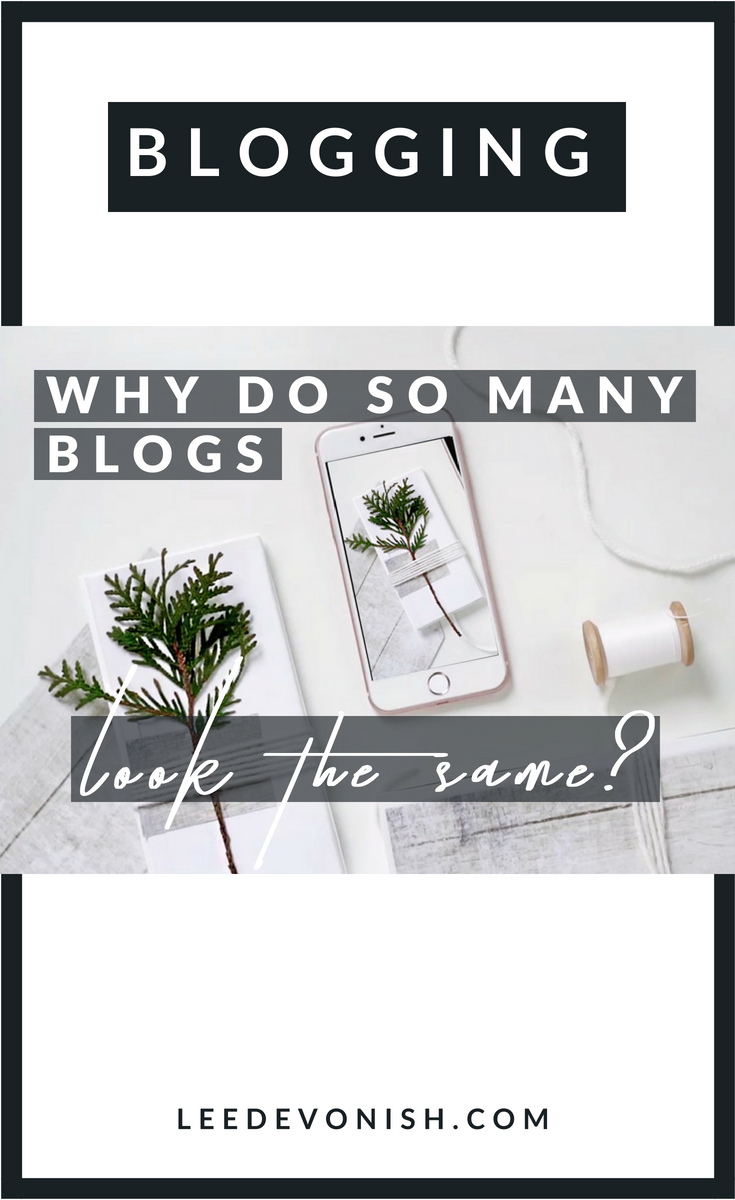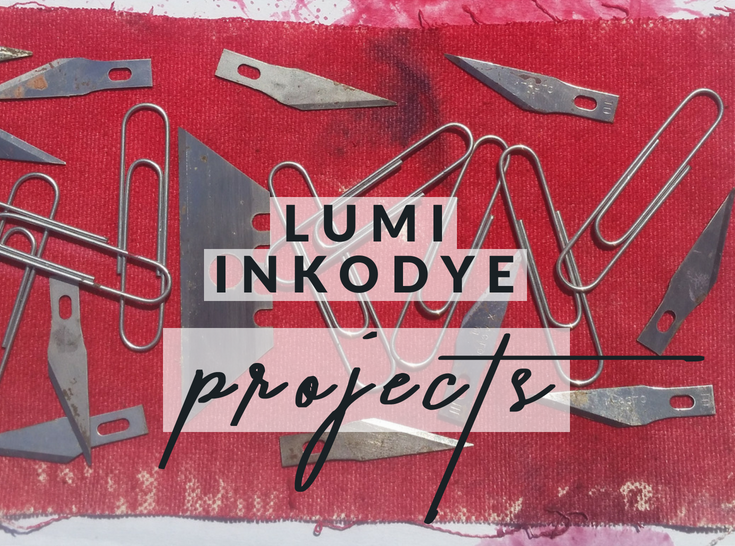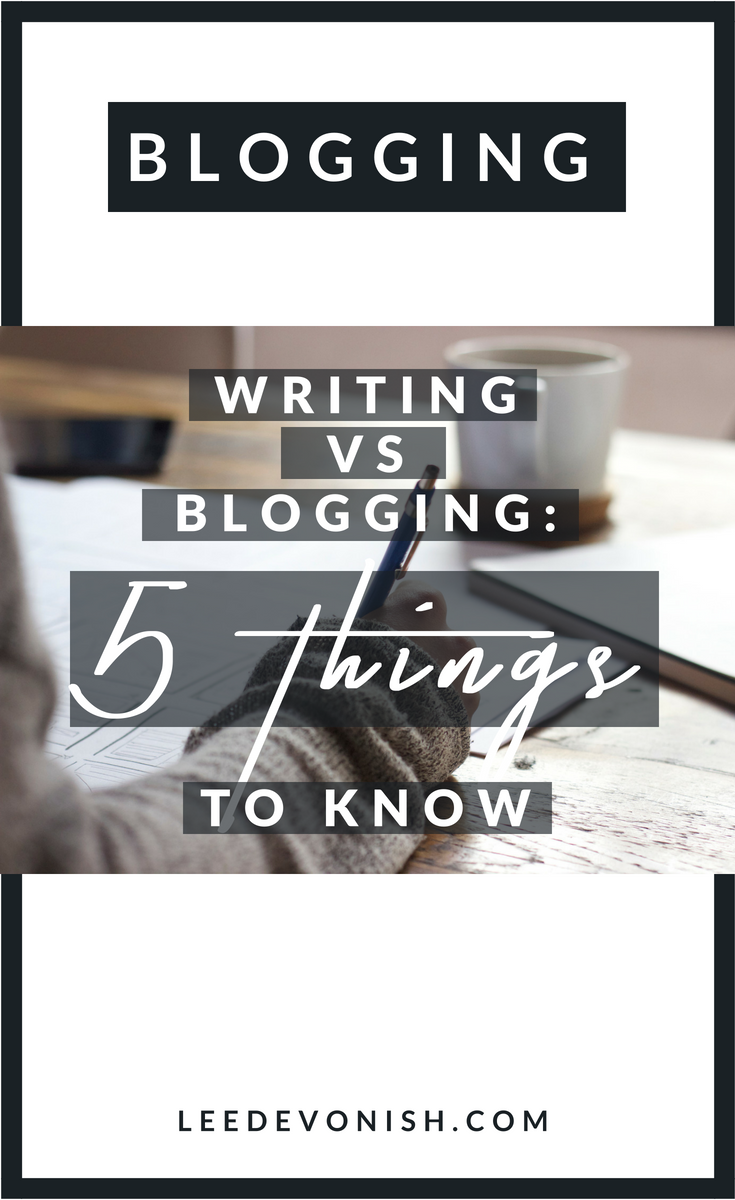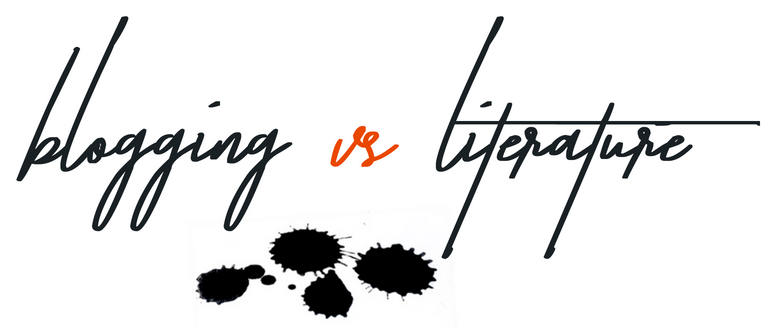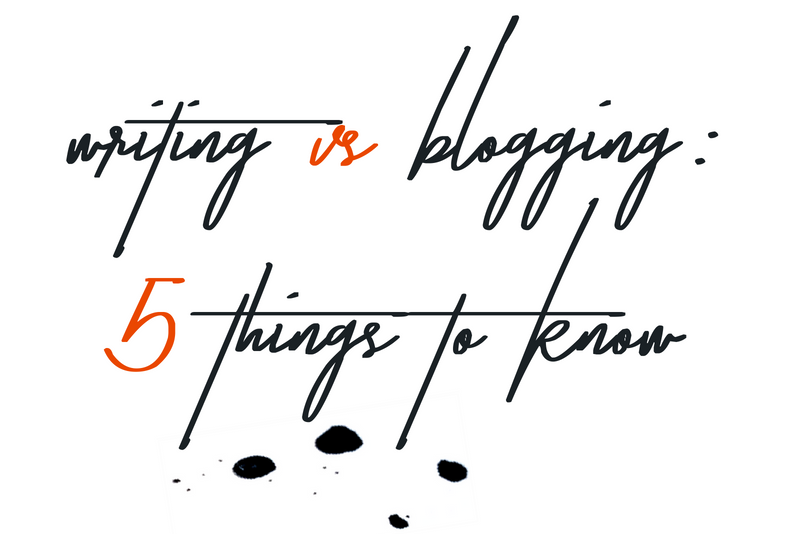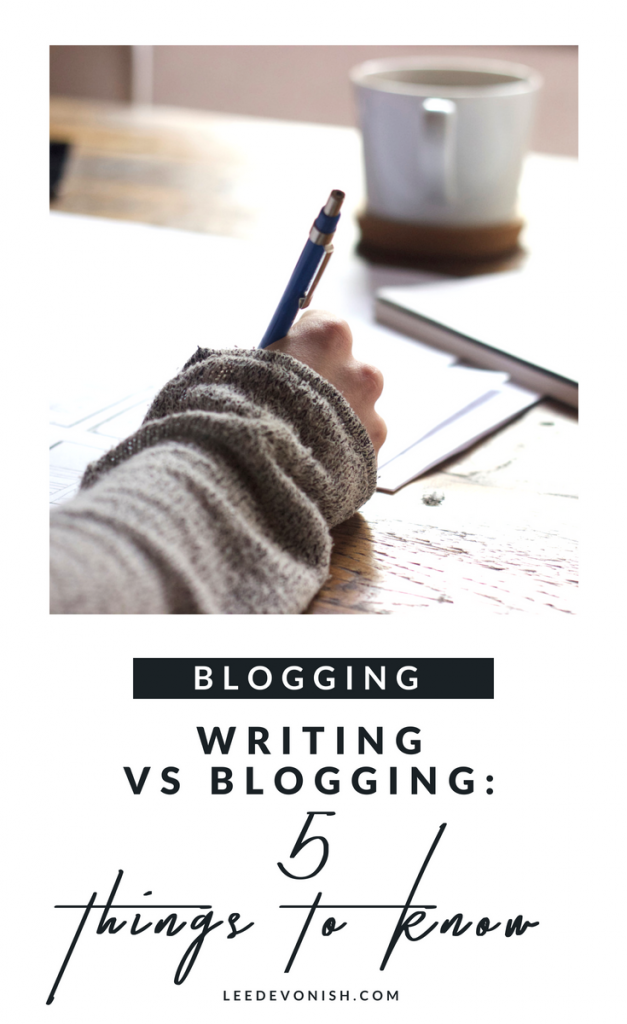Why investing in yourself will help your blog
If your blog is slowing down in terms of popularity or you’re just not sure where to head with it next, you’re not the only one. Many bloggers experience this and it can certainly be stressful and difficult for them to deal with. However, there are always ways for you to improve and take things to the next level with your blog. One way to do it is to invest in yourself.
There are so many ways in which you can invest in yourself and give yourself the platform you need to improve your blog. Read on now and see how investing in yourself will end up helping your blog.
The more you know, the better your content will be
If you learn more and invest in your own learning, you will be able to create the kind of content that you feel your audience really deserves.
There are many ways to improve your content, but none of them are better nor more fundamental than improving your knowledge and filling in its gaps. So never stop trying to learn new things because this can be exactly what your blog requires.
Your blog is a reflection of you
At the end of the day, your blog is going to be a reflection of you in one way or another. It’s up to you to make sure that your blog not only reflects you in a positive light but also portrays you in an interesting way.
By investing in yourself and your own personal brand, this will help your blog to progress and grow too, which has got to be a good thing.
Simply investing time in rest and sleep will help
When you don’t let yourself have the time to rest, rewind and sleep at night, you will be stressed throughout the day.
It’s hard to maintain a high-quality blog if you’re always feeling stressed out of your mind and unable to cope with everything as a result of your lack of rest. So invest time into getting the rest you need, and don’t feel like it’s a waste of time for you because it really isn’t at all.
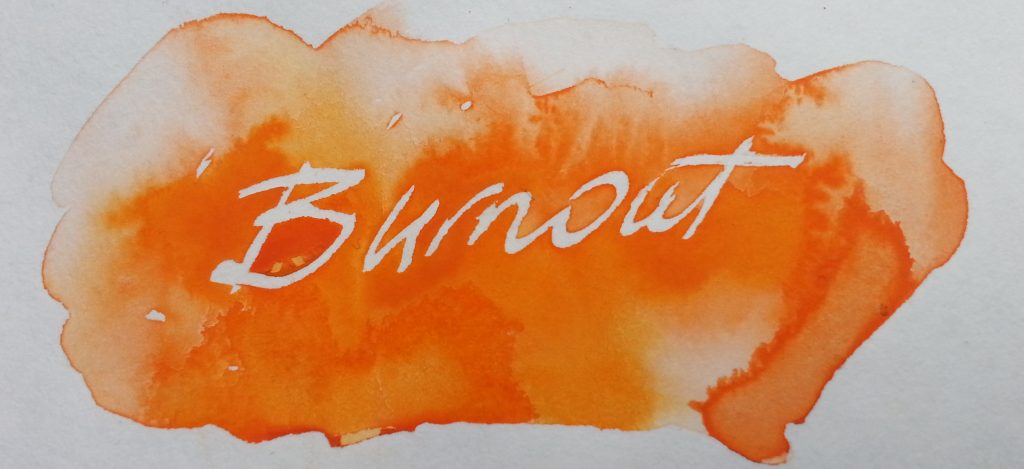
The technology at your disposal will impact the quality of your blog
It might be a simple case of upgrading your technology.
This is what you’re going to be using every day to create your blog content, so it is a way of investing in yourself. When you have better tools at your disposal, it becomes so much easier for you to do your best work day after day. Of course, this change won’t solve all the blog problems that you’re experiencing but it’ll help a lot.
You can train and learn skills that’ll help your blog
Blogging is a constantly evolving industry, and you can stay on top of things much better if you learn more. This means investing in courses and training that will expand your knowledge and push your blog in the right direction. Something like Microsoft Visio training could really help you if you seek it out and make use of it.
Different types of training will benefit different types of bloggers, so explore all the options.
Create quiet time to work on your content
By investing in your ability to work quietly and productively, you will make it possible for you to get work done in a more timely and productive kind of way.
Don’t be afraid to create spaces that are all about your blogging work because if you want to make this your career going forward, you’re going to need to make sure that you have a place of your own that’s conducive to creating your best possible work.

Learn about the risks and threats to your blog too
Another area of knowledge that might be worth investing in for you relates to the risks and threats that might be lurking and waiting to damage your blog if you’re not careful. It’s worth investing in some training or something similar to help you gain a better understanding of what threats are out there.
Investing in yourself can mean many different things to many different bloggers, but it’s definitely something that you should try to embrace from here on out. You could really improve your output and the overall quality of your blog if you think more about how you can do more for yourself.


